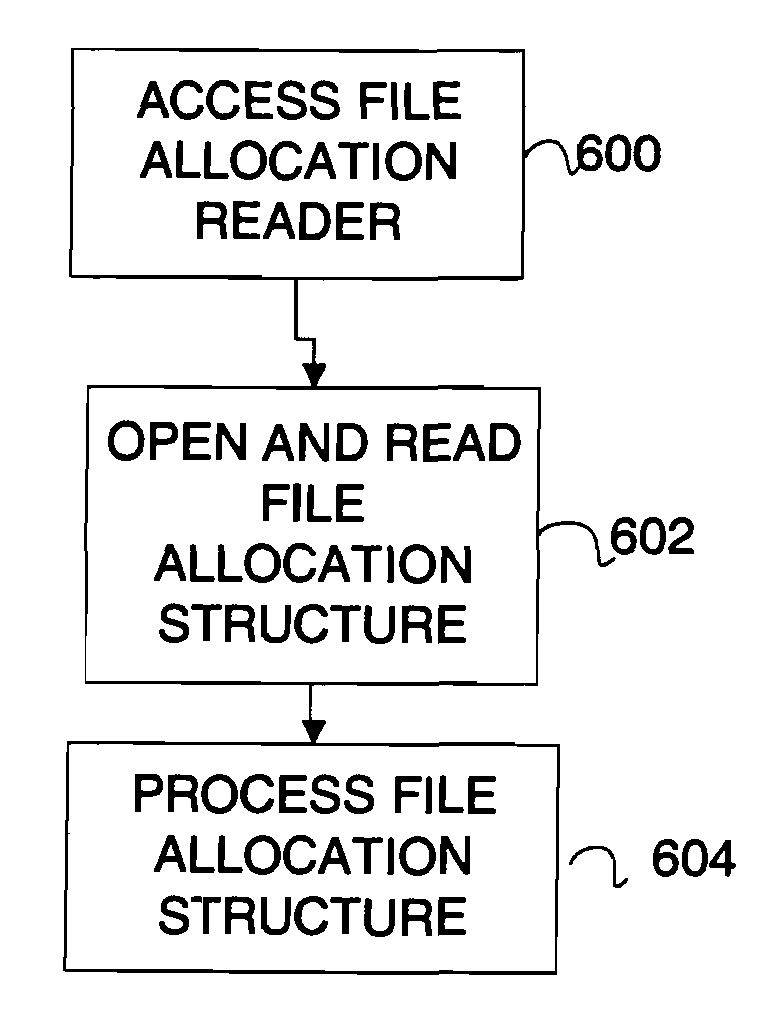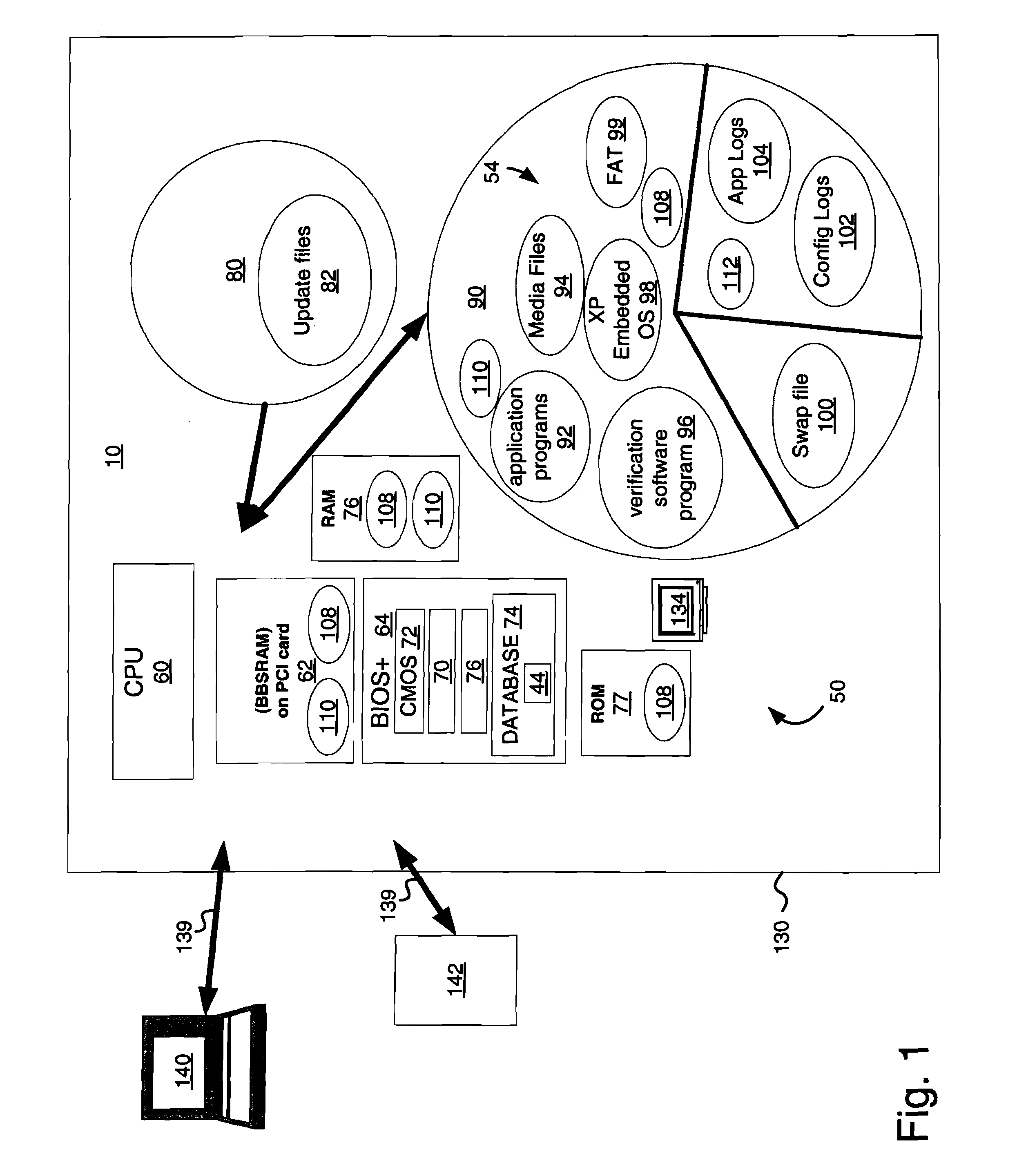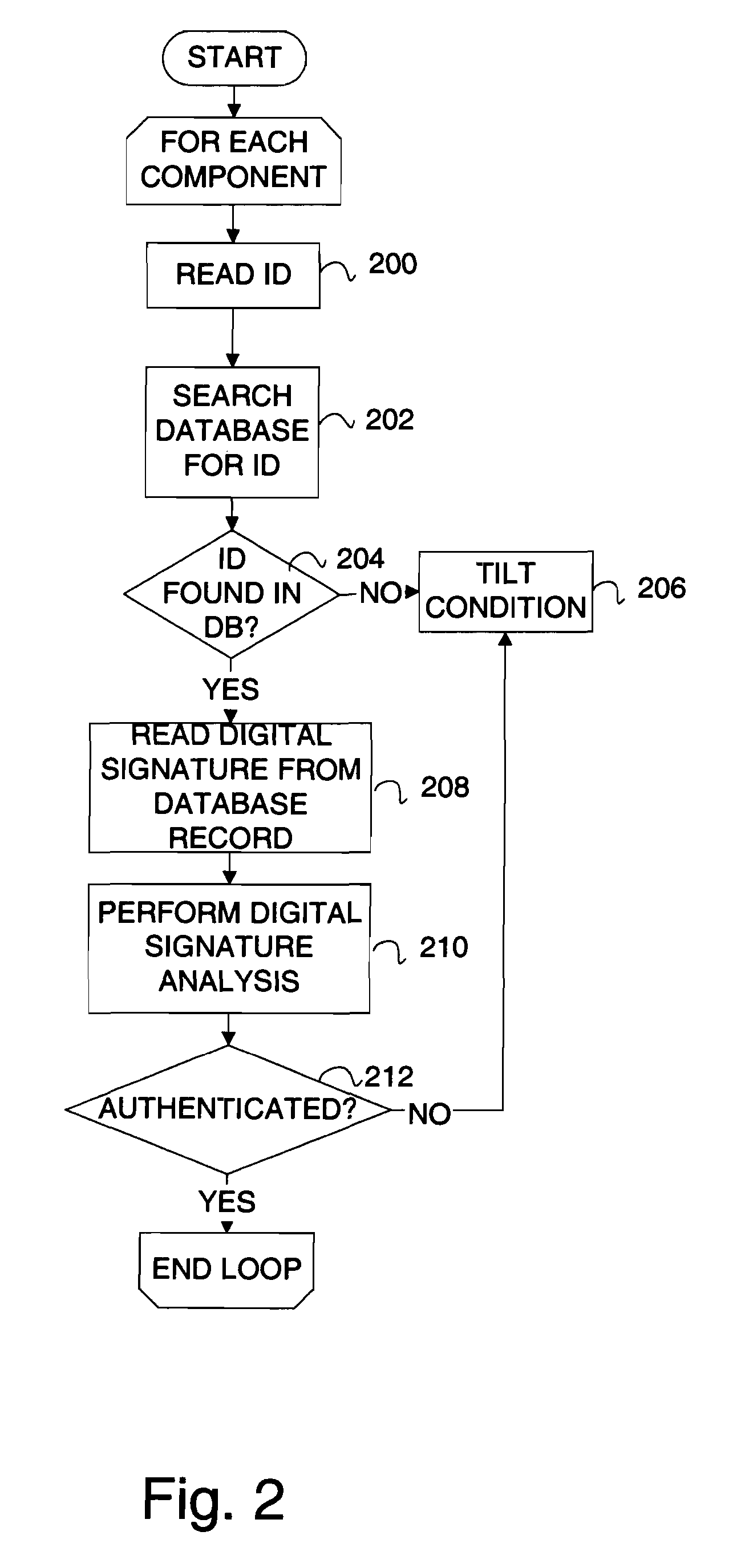Gaming device verification system and method using a file allocation structure
a verification system and file allocation technology, applied in the field of verification system and file allocation structure of gaming devices, can solve the problems of unable to rely on constant surveillance and difficult to access the files stored, and achieve the effect of convenient accessing the files stored
- Summary
- Abstract
- Description
- Claims
- Application Information
AI Technical Summary
Benefits of technology
Problems solved by technology
Method used
Image
Examples
Embodiment Construction
[0037]Referring now to the drawings, like reference numerals denote like or corresponding parts throughout the drawing figures.
[0038]With reference to FIG. 1, a block diagram illustrating a device 10 and components 50 capable of verification before and during use of the device 10 using the system and methods of the present invention is shown. The components 50 may comprise, for example, software or data file components 54, firmware components 64-74, hardware components 60, 62, 80, 90, or structural components 130 of the device 10. These components include, without limitation, one or more processors 62, persistent storage media 80 and 90, volatile storage media such as random access memories (RAMs) 76, read-only memories (ROMs) 77 or electrically erasable programmable ROMs (EEPROMS) such as basic input / output systems (BIOS) 64. Components 50 may also include data files 54 (which are any collections of data, including executable programs in binary or script form, and the information t...
PUM
 Login to View More
Login to View More Abstract
Description
Claims
Application Information
 Login to View More
Login to View More - R&D
- Intellectual Property
- Life Sciences
- Materials
- Tech Scout
- Unparalleled Data Quality
- Higher Quality Content
- 60% Fewer Hallucinations
Browse by: Latest US Patents, China's latest patents, Technical Efficacy Thesaurus, Application Domain, Technology Topic, Popular Technical Reports.
© 2025 PatSnap. All rights reserved.Legal|Privacy policy|Modern Slavery Act Transparency Statement|Sitemap|About US| Contact US: help@patsnap.com



